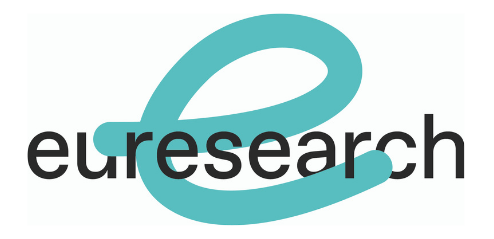Abstract
Copy number variation (CNV) of DNA segments has recently been identified as a major source of genetic diversity, but a comprehensive understanding of the phenotypic effect of these structural variations is only beginning to emerge. An extensive map of CNV in wild mice and inbred strains has been established by the host group. These variable regions cover ~11% of their autosomal genome. CNVs are suggested to shape tissue transcriptomes on a global scale and thus represent a substantial source for within-species phenotypic variation. In this context, we address three major research objectives all regarding the impact of structural variants on different aspects of the transcriptome.
To unravel the effects of CNVs on expression at the nucleotide rather than locus level we propose to use RNA-seq to monitor expression changes of both coding and non-coding RNAs that map to or close to genomic regions that vary in copy numbers in multiple tissues of the three mouse inbred strains (129S2, DBA/2J, C57BL/6J). These will be compared to changes in the abundance of transcripts that lie outside of CNV regions. Secondly, we will use RNA-seq data to identify and characterize alternative splicing events that are either tissue- or strain-specific, as well as determine whether copy number polymorphisms affect this process. Thirdly, we will investigate allelic imbalance at genome-wide scale and check if this phenomenon is more likely to occur in CNVs.
This work should:
- give an unprecedented global and precise view of the mouse transcriptome;
- produce the first transcriptome comparison at the nucleotide level of normal individuals of a population;
- help to gauge the influence of CNVs on the transcriptome and
- provide the first assessment of allelic imbalance at genome-wide scale.


